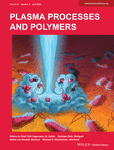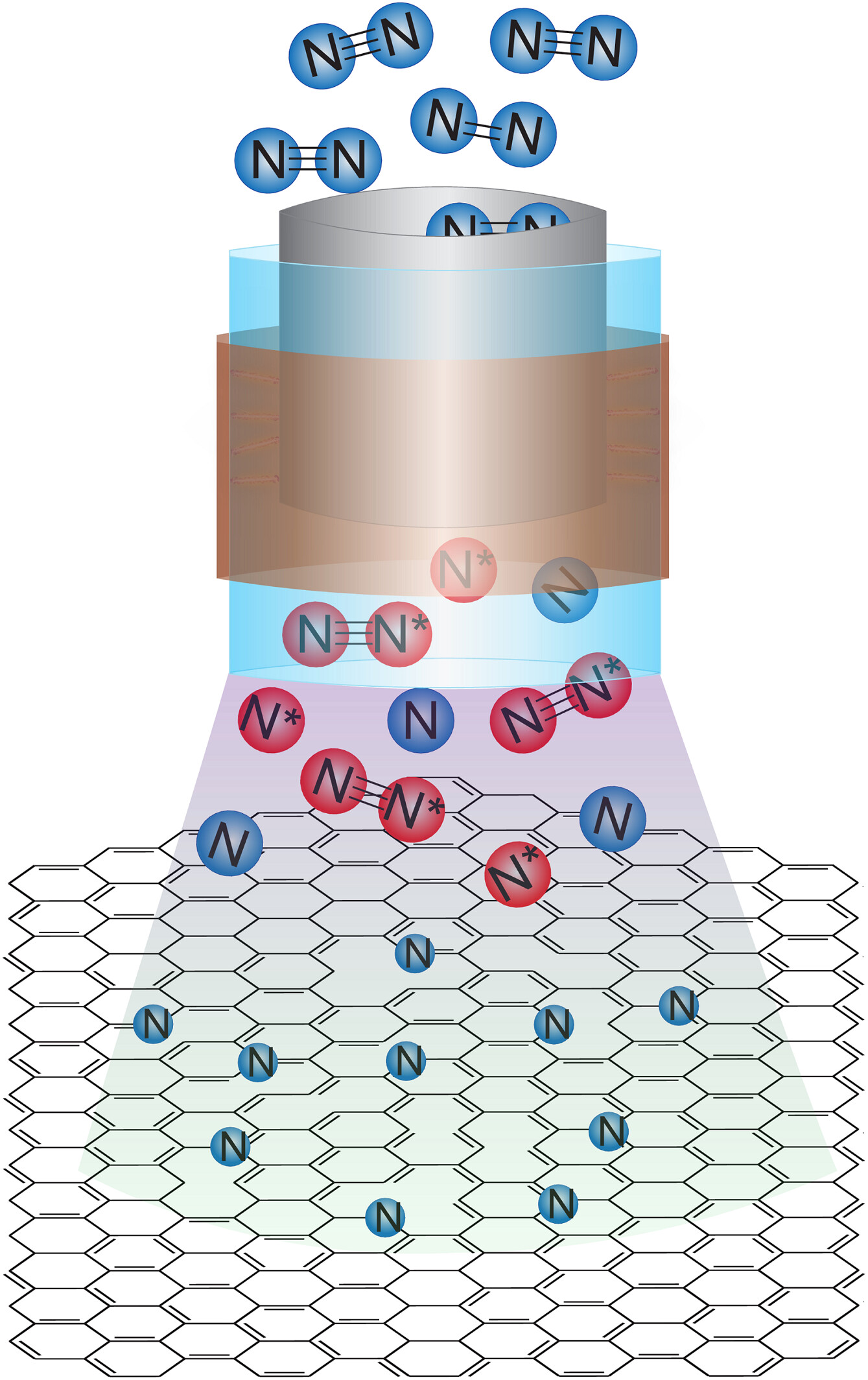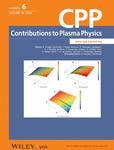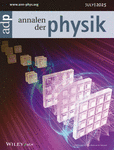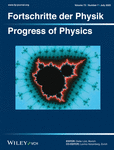Journal list menu
Export Citations
Download PDFs
COVER PICTURE
Outside Front Cover: Plasma Process. Polym. 4/2024
- First Published: 04 April 2024
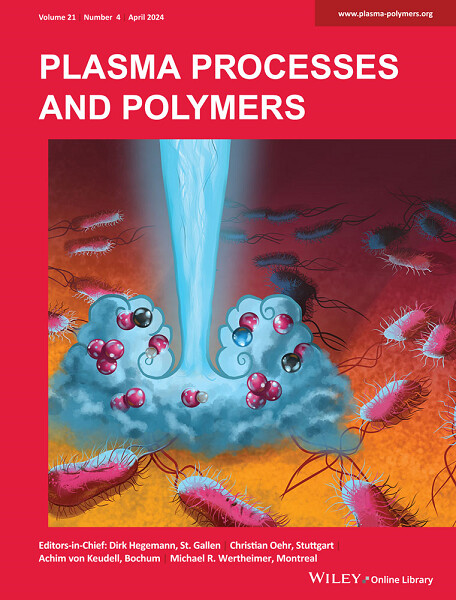
Outside Front Cover: Plasma Processes & Polymers focuses on the interdisciplinary field of low temperature plasma science, covering both experimental and theoretical aspects of fundamental and applied research in materials science, physics, chemistry and engineering in the area of plasma sources and plasma-based treatments.
Image from: Eloïse Mestre, Inna Orel, Daniel Henze, Laura Chauvet, Sebastian Burhenn, Sébastien Dozias, Fabienne Brulé-Morabito, Judith Golda, and Claire Douat (e2300182)
ISSUE INFORMATION
REVIEW
Effect of cold plasma treatment and plasma-activated water on physicochemical and structural properties of starch: A green and novel approach for environmental sustainability
- First Published: 20 January 2024
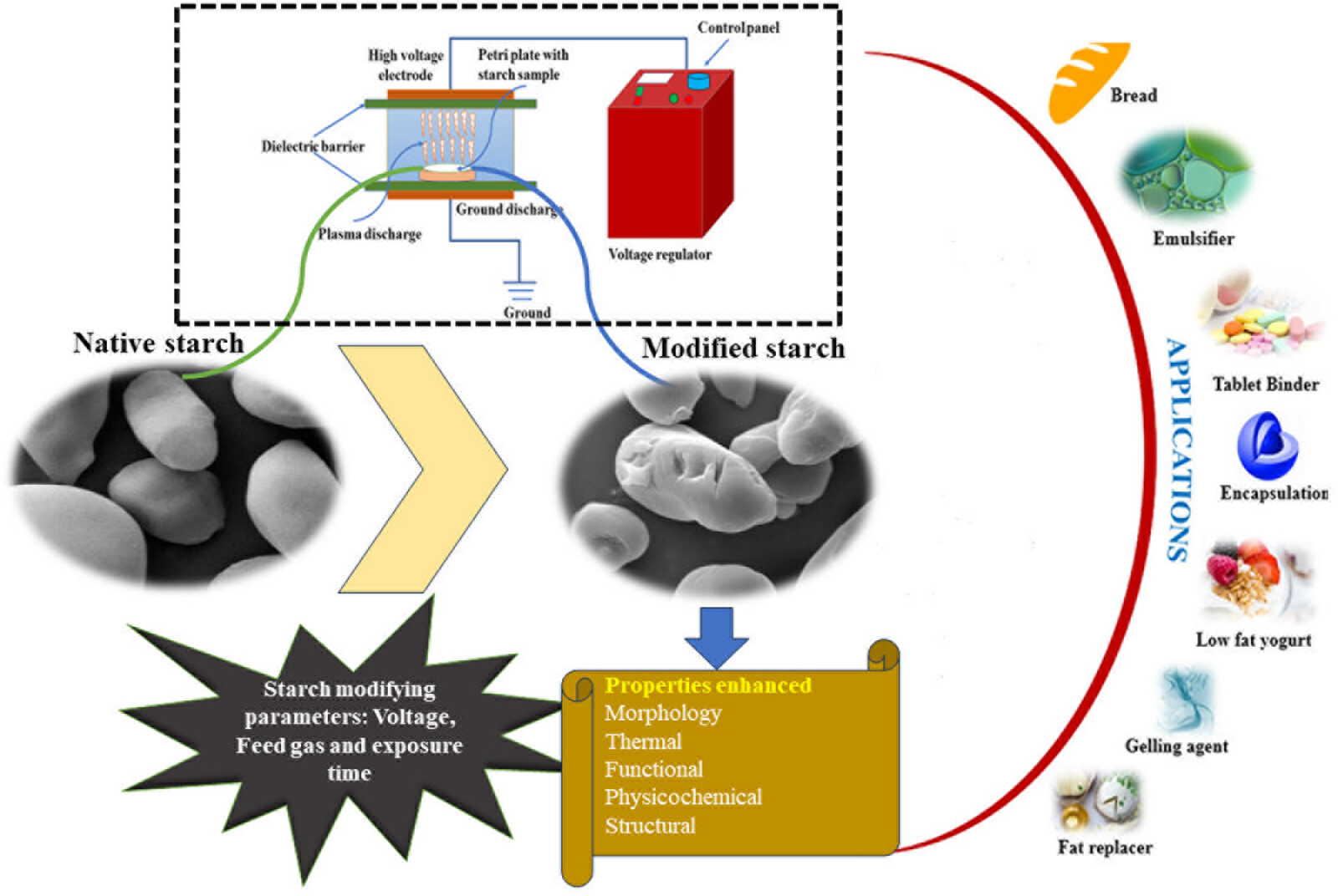
Cold plasma treatment and plasma-activated water are green, novel, and nonthermal techniques for the modification of starch. Modified starch provided better physicochemical and functional properties than native starch. Nowadays, various food industries are employing cold plasma technology for versatile applications in enhancing food safety, quality, and shelf life.
RESEARCH ARTICLES
Application of nonthermal atmospheric-pressure plasma irradiation as a new method for noncatalytic liquid-phase selective oxidation of polyhydric alcohols
- First Published: 16 November 2023
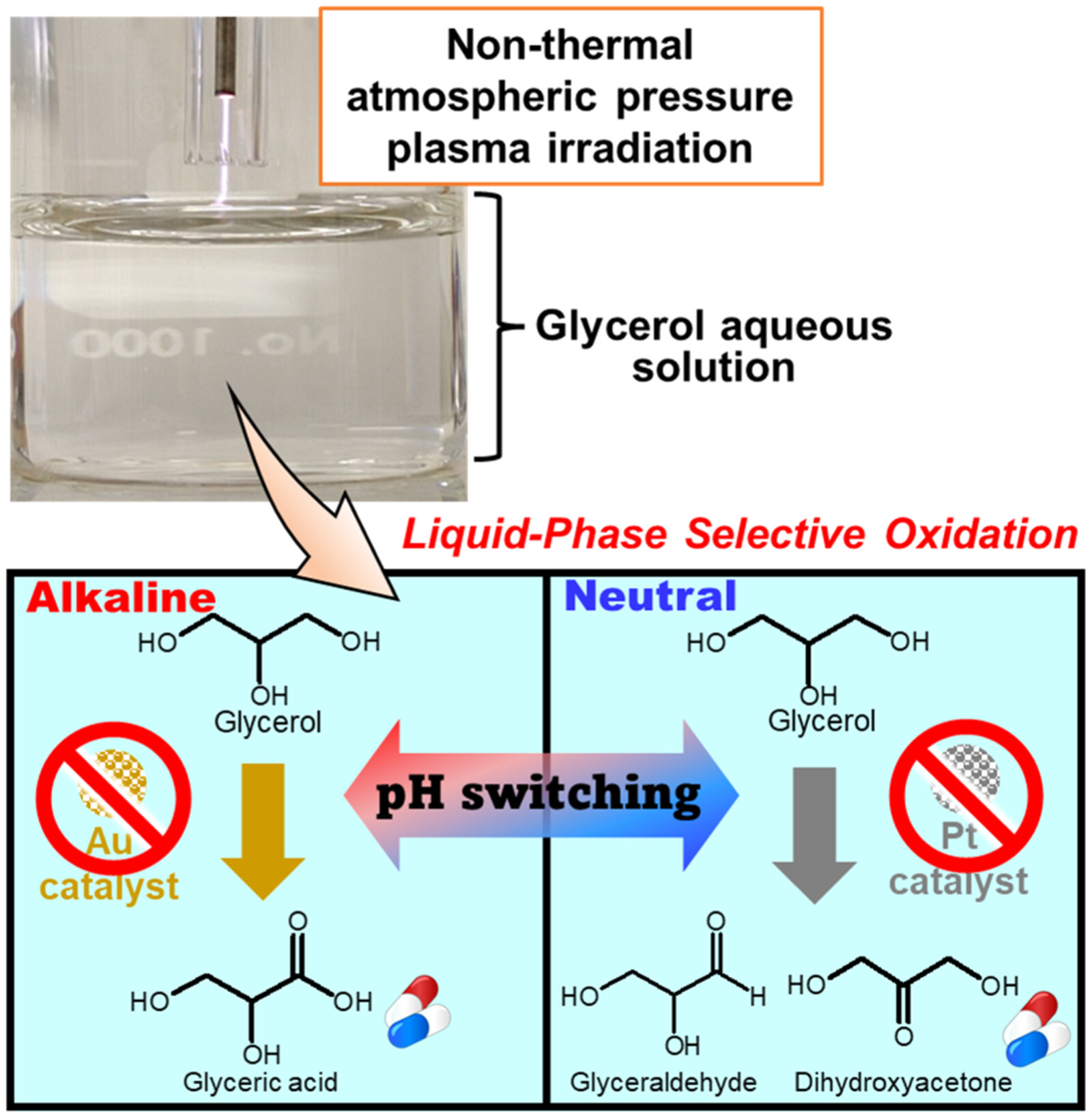
Noncatalytic liquid-phase selective oxidation of polyhydric alcohol occurred by nonthermal atmospheric pressure plasma irradiation, and reaction mechanisms were switched by pH change. In the case of selective oxidation of glycerol, glyceric acid, which is a product with gold catalyst, was produced under alkaline conditions, whereas glyceraldehyde and dihydroxyacetone, which are products with platinum catalyst, were produced under neutral conditions.
Study on the anticancer effect and mechanism of action of reactive species in plasma-activated solution against colorectal cancer cells
- First Published: 22 November 2023
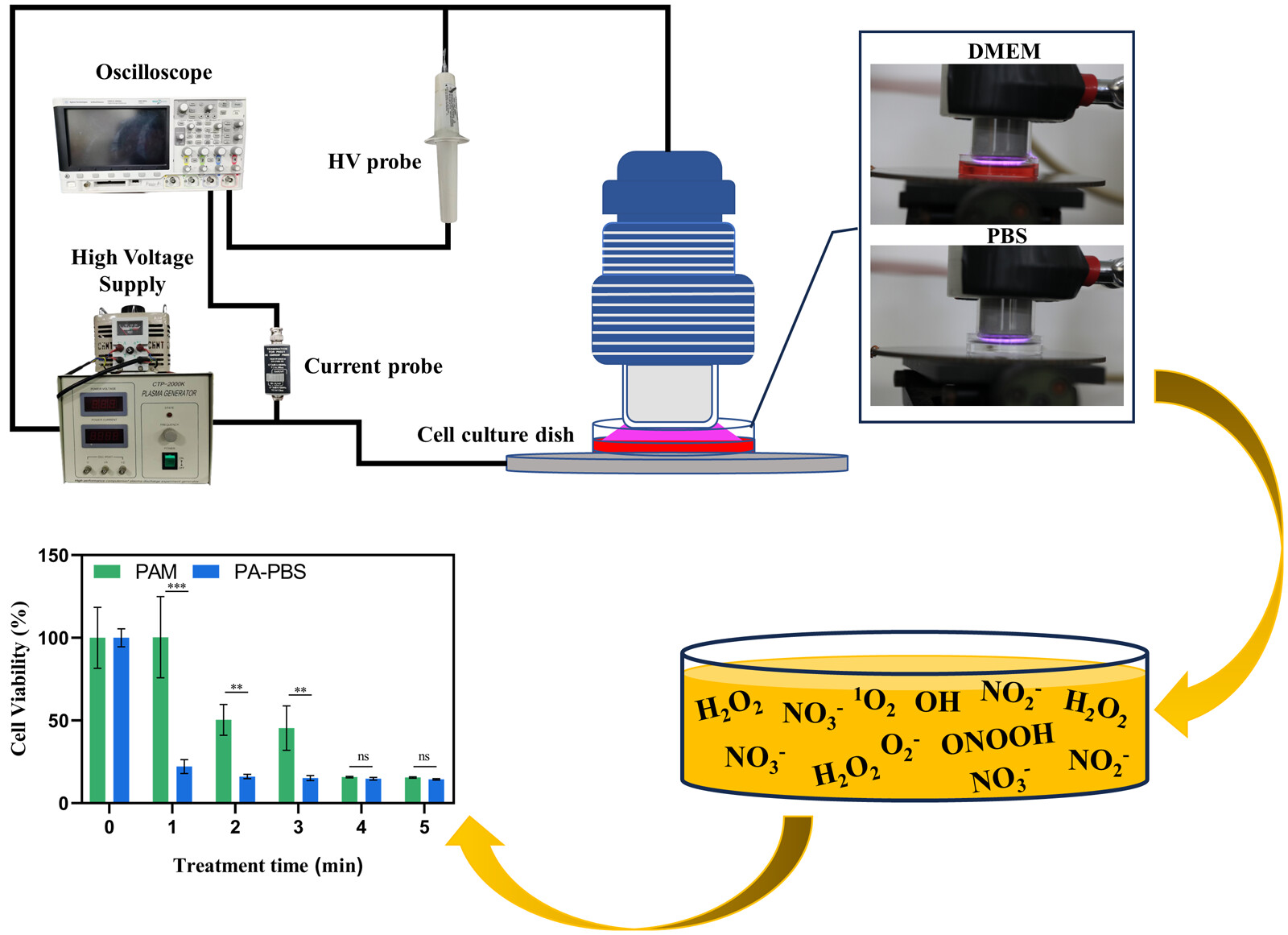
This study reports the differences in the types and contents of long-lived and short-lived reactive species (RS) in two kinds of plasma-activated solutions (PAS). The results indicated that individual RS has different contributions in promoting cancer cell death. Further cell experiments showed that the PAS induced apoptosis through an exogenous apoptotic pathway.
Superhydrophobic wrinkled structures constructed on polyester fabrics treated by plasma
- First Published: 22 November 2023
Nitrogen-doping graphene at ambient conditions with N2-DBD-plasma and the role of neutral species
- First Published: 23 November 2023
Cancer-targeting carbon quantum dots synthesized by plasma electrochemical method for red-light-activated photodynamic therapy
- First Published: 29 November 2023
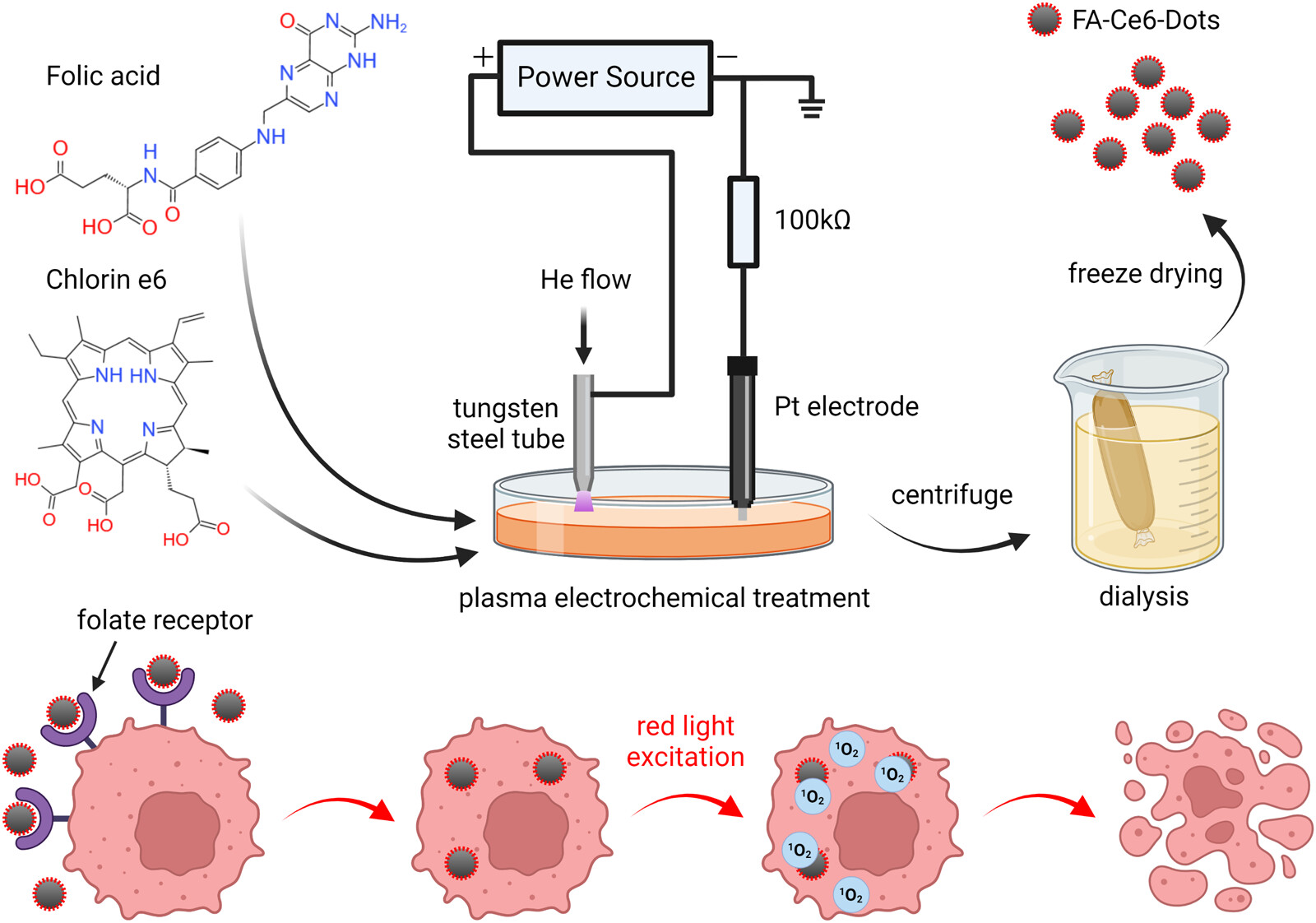
Cancer-targeting carbon quantum dots (CQDs) with red-light absorption/emission, biological functionality, and deep biological penetration are promising for biomedicine. Traditional high-temperature, high-pressure synthesis yields unpredictable properties due to functional group loss. Thus, plasma electrochemical treatment is introduced. The CQDs synthesized with folic acid (FA) and chlorin e6 as precursors exhibit cancer-targeting, red-light absorption/emission, and photodynamic therapy effects. They retain most precursor functional groups, inheriting their bio-functionality and photophysical properties. This work opens new opportunities for plasma-based processes to controllably synthesize functionalized CQDs for diverse biomedical and environmental applications.
Influence of rotating dielectric barrier on discharge characteristics in multi-needle-plate DBD
- First Published: 01 December 2023
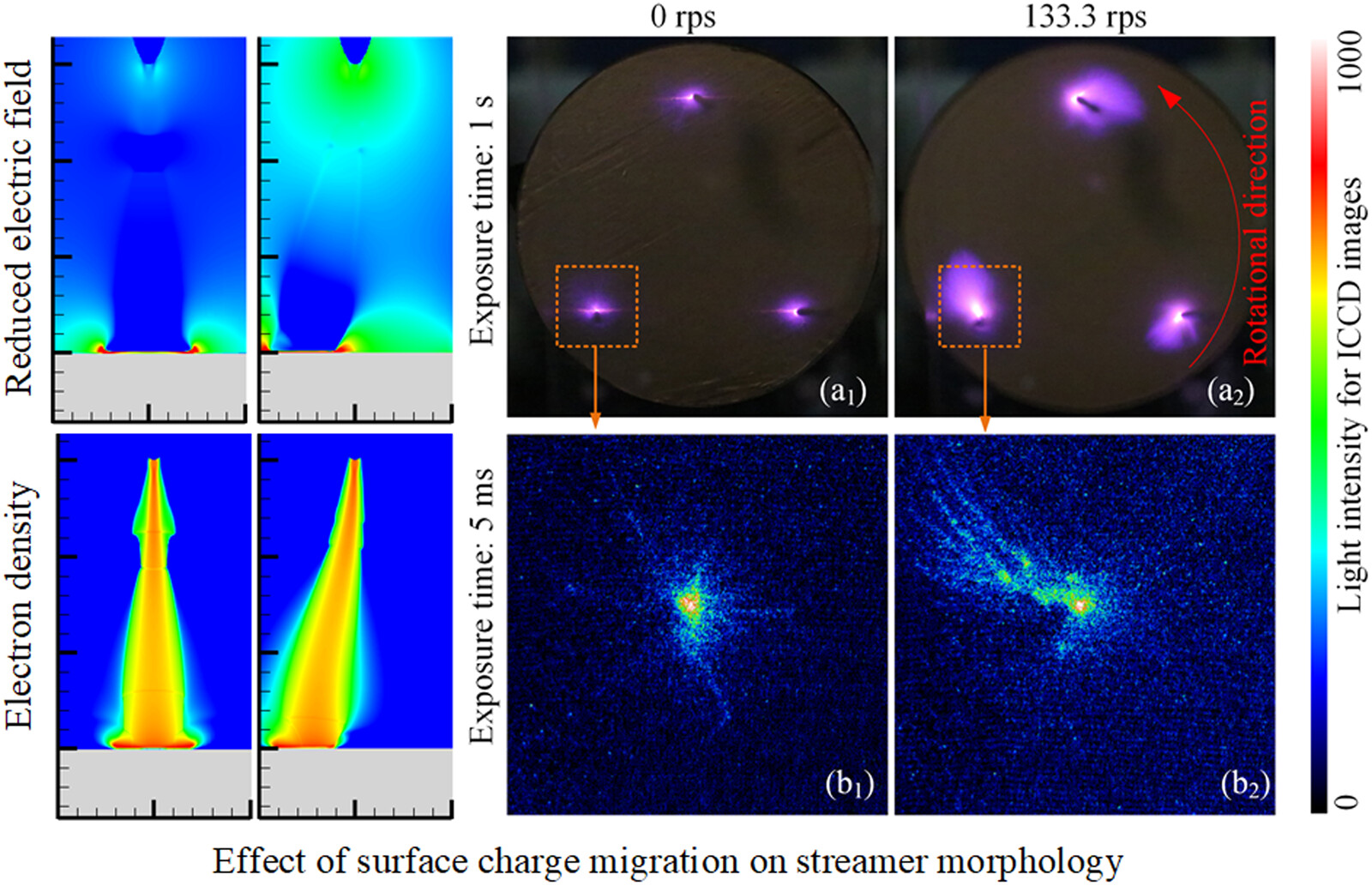
This study formulates a predictive formula for enhanced discharge in multi-needle-plate dielectric barrier discharge, and experiments verify that precise parameter matching improves discharge power and streamer luminosity and induces curved channels. Numerical simulations emphasize the role of surface charge movement in enhancing the electric field and affecting streamer propagation.
Plasma polymerization of allyltrimethylsilane with single-filament dielectric-barrier discharges—Evidence of cationic surface processes
- First Published: 10 December 2023
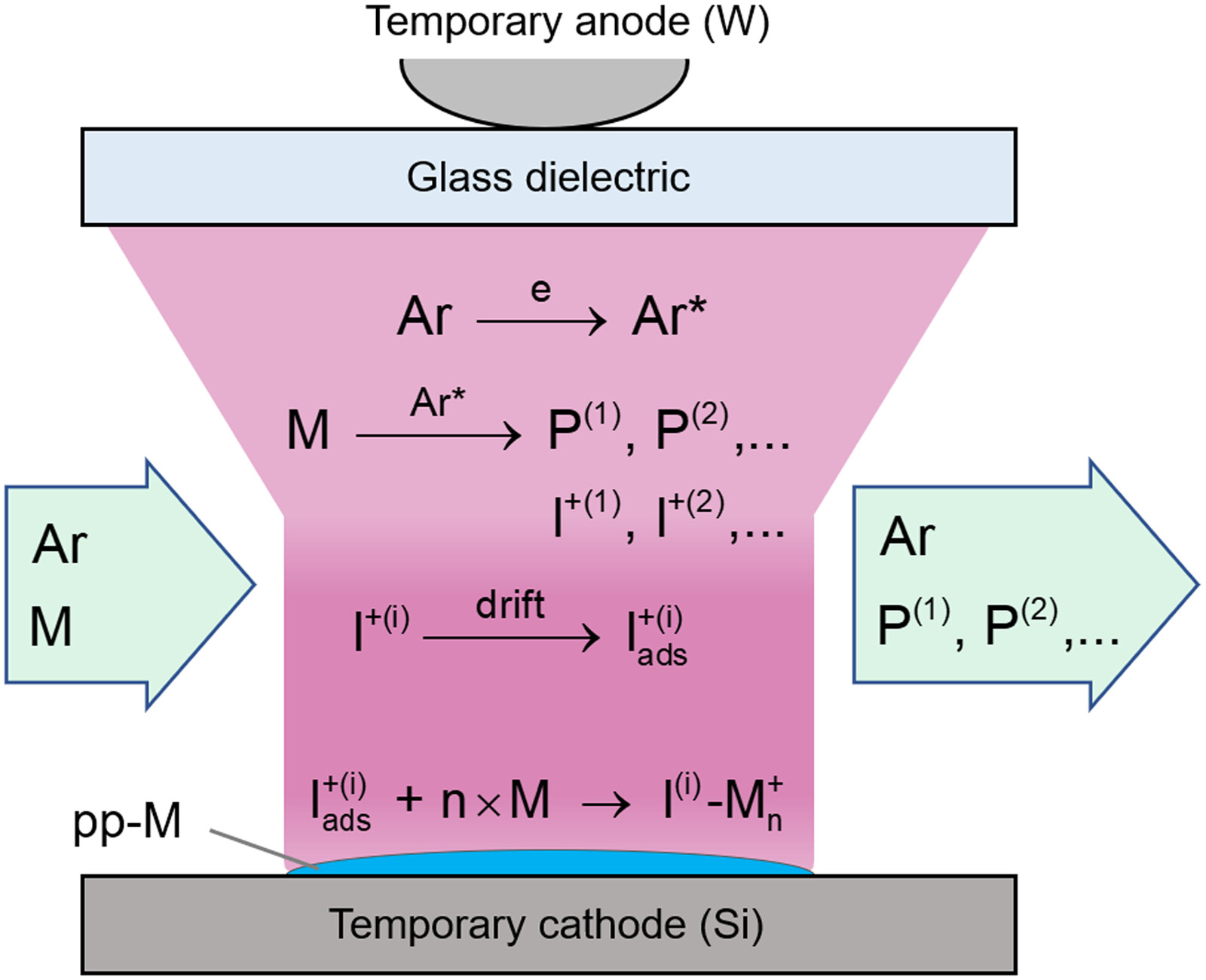
Cationic surface polymerization is proposed to be the dominating mechanism of thin film deposition from allyltrimethylsilane (ATMS)-Ar mixtures in single-filament dielectric-barrier discharges. The reaction is periodically initiated by chemisorbed cations produced in transient microdischarges. Chain propagation by addition of ATMS molecules is eventually finished by the following microdischarge with opposite polarity.
Synergistic effects of PtAu and PtAg nanoparticles in hydrogel composites for enhanced environmental catalysis
- First Published: 12 December 2023
Safety and efficacy of plasma-activated water on prolonged viral shedding of COVID-19 patients: A randomized controlled trial
- First Published: 20 December 2023

Plasma-activated water gargling shows promise in shortening severe acute respiratory syndrome coronavirus 2 (SARS-CoV-2) Delta and Omicron variant infections. Our study highlights its potential to reduce viral shedding and ease symptoms, offering a safe and effective adjunct in managing coronavirus disease 2019 (COVID-19) transmission and impact.
Spatiotemporal evolution and its impact on the deposition behavior of atmospheric TEOS/O2/Ar plasma: A numerical study
- First Published: 26 December 2023

In atmospheric-pressure plasma-enhanced chemical vapor deposition, the gas composition determines the spatiotemporal evolution of discharge and further affects the deposition behavior. To study the impact of spatiotemporal evolution on deposition behavior, a one-dimensional (1D) tetraethoxysilane/oxygen/argon (TEOS/O2/Ar) fluid model was constructed and experimentally verified in this work.




